Introduction
The culinary landscape of China is vast and diverse, with each region boasting its unique flavors and cooking techniques. Among the myriad of dishes that have captured the hearts and taste buds of food enthusiasts worldwide, Spicy Aroma Pot (Ma La Xiang Guo) stands out as a vibrant and fiery representation of Sichuan cuisine. This dish, characterized by its bold combination of spices, fresh ingredients, and a signature oil that packs a punch, is a feast for the senses. While the preparation of Spicy Aroma Pot involves multiple steps, the creation of its signature oil is perhaps the most crucial, as it serves as the backbone of the dish’s flavor profile. In this article, we will delve into the intricacies of how to craft the perfect Spicy Aroma Pot oil, ensuring that every bite delivers an explosion of flavors.
Understanding the Basics
Before diving into the recipe, it’s essential to understand the fundamental components of Spicy Aroma Pot oil. This oil is not merely a blend of spices and cooking oil; it’s a meticulously crafted condiment that requires precision, patience, and an appreciation for the nuances of Sichuan spices. The oil’s flavor profile is a harmonious blend of spicy, savory, umami, and a hint of sweetness, all derived from a careful selection of ingredients such as chili peppers, Sichuan peppercorns, garlic, ginger, star anise, cloves, cinnamon, and more.
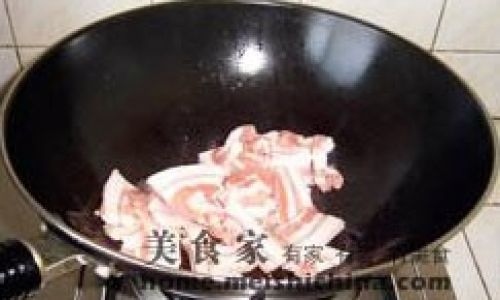
Selecting the Right Ingredients
-
Oil Base: The foundation of any good spicy oil is the oil itself. Traditionally, vegetable oil or peanut oil is used due to their neutral flavor and high smoking point, which allows them to withstand the high temperatures needed for frying the spices without breaking down.
-
Chili Peppers: For the heat, a mix of different types of chili peppers is often used. Red chili flakes provide color and a moderate heat, while fresh chili peppers like jalapeños or habaneros can add a more intense burn. For a balanced heat, consider blending dried and fresh peppers.
-
Sichuan Peppercorns: These tiny, greenish-brown seeds are a staple in Sichuan cuisine. They impart a unique, tingling sensation known as ‘ma la,’ which complements the heat from the chili peppers perfectly.
-
Aromatics: Garlic, ginger, and shallots add depth and complexity to the oil. Their flavors meld together during the cooking process, creating a rich, savory base.
-
Whole Spices: Star anise, cloves, cinnamon, and fennel seeds contribute warmth and subtle sweetness, rounding out the oil’s profile.
-
Optional Flavorings: Depending on personal preference, you can also add ingredients like licorice root, bay leaves, or even a splash of sesame oil for added nuance.
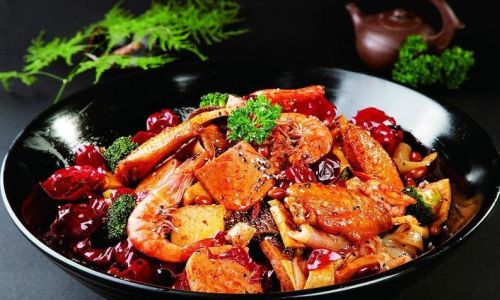
The Cooking Process
Crafting Spicy Aroma Pot oil is a multi-step process that requires attention to detail and a steady hand. Here’s a step-by-step guide:
-
Preparation: Begin by washing and drying all fresh ingredients thoroughly. For dried spices, ensure they are free of dust and debris. Toast the Sichuan peppercorns lightly in a dry pan until fragrant, as this enhances their flavor.
-
Blending the Spices: In a bowl, combine the toasted Sichuan peppercorns, whole spices, and chili peppers. Mix well to ensure an even distribution of flavors.
-
Heating the Oil: Pour the vegetable or peanut oil into a deep, heavy-bottomed pot. Heat the oil over medium-low heat until it reaches approximately 250°F (120°C). This temperature is crucial; too high will burn the spices, while too low will not extract their flavors effectively.
-
Frying the Aromatics: Once the oil is hot, carefully add the sliced garlic, ginger, and shallots. Allow them to simmer gently, stirring occasionally, until they turn golden brown and fragrant. This process should take about 5-7 minutes.
-
Adding the Spices: Gradually add the spice blend to the oil, a handful at a time, stirring constantly to prevent burning. As the spices cook, they will release their aromas and colors, infusing the oil with their essence.
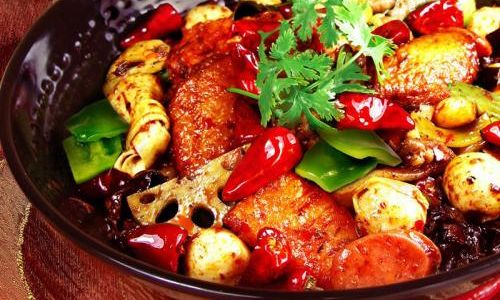
-
Simmering: Reduce the heat to low and let the mixture simmer for about 30 minutes, stirring occasionally. This slow cooking process allows all the flavors to meld together, creating a harmonious blend.
-
Cooling and Straining: Remove the pot from heat and let it cool slightly. Once cool enough to handle, strain the oil through a fine-mesh sieve lined with cheesecloth or a coffee filter to remove all solid particles. This ensures a clear, smooth oil.
-
Storing: Pour the strained oil into clean, airtight containers. Let it cool completely before storing in a cool, dark place. Properly stored, Spicy Aroma Pot oil can last for several months.
Tips for Perfection
-
Temperature Control: Maintaining the correct oil temperature is crucial. Too hot will burn the spices, resulting in a bitter oil, while too low will not extract enough flavor.
-
Patience: The slow simmering process is key to developing the oil’s complex flavor profile. Rushing this step will yield a less flavorful result.
-
Quality Ingredients: Always use fresh, high-quality ingredients. The quality of the spices and oil will directly impact the final product.
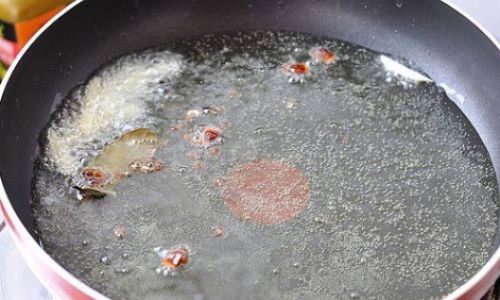
-
Customization: Feel free to experiment with different spices and flavors to suit your personal taste. Adding a touch of honey or a splash of vinegar can create unique variations.
Conclusion
Crafting Spicy Aroma Pot oil is an art that requires patience, precision, and a deep understanding of Sichuan spices. By following the steps outlined above, you can create an oil that is not only visually appealing but also bursting with flavor. This oil is versatile and can be used as a dipping sauce, a marinade, or even a cooking oil for stir-fries and grilled dishes. With each batch, you’ll refine your technique, discovering new flavors and nuances that make your Spicy Aroma Pot oil uniquely yours. So, roll up your sleeves, gather your ingredients, and embark on this culinary journey, knowing that the end result will be well worth the effort. Happy cooking!
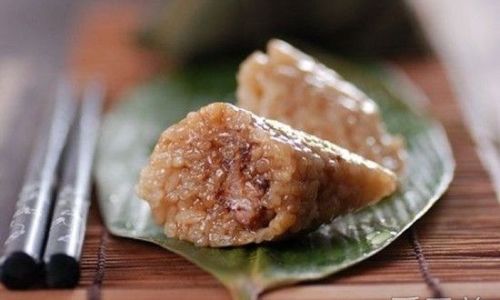

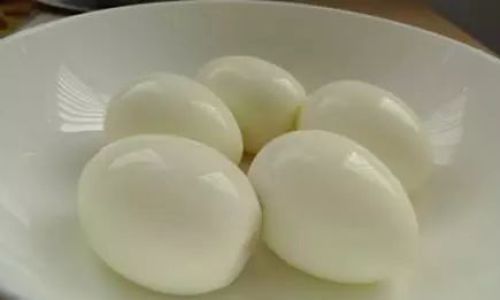
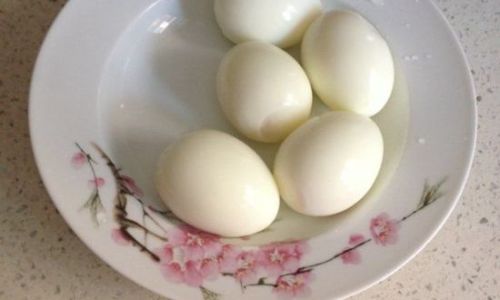

0 comments